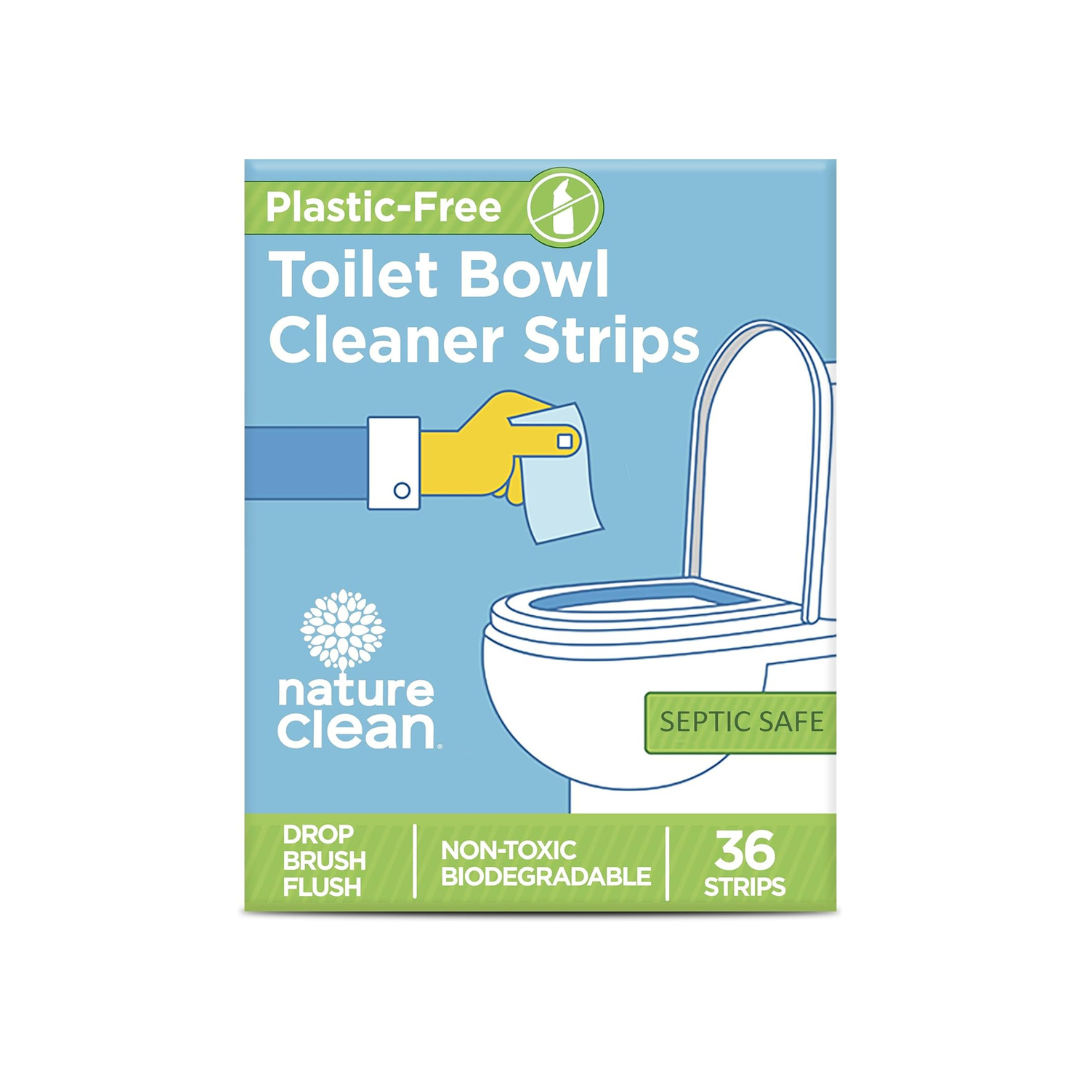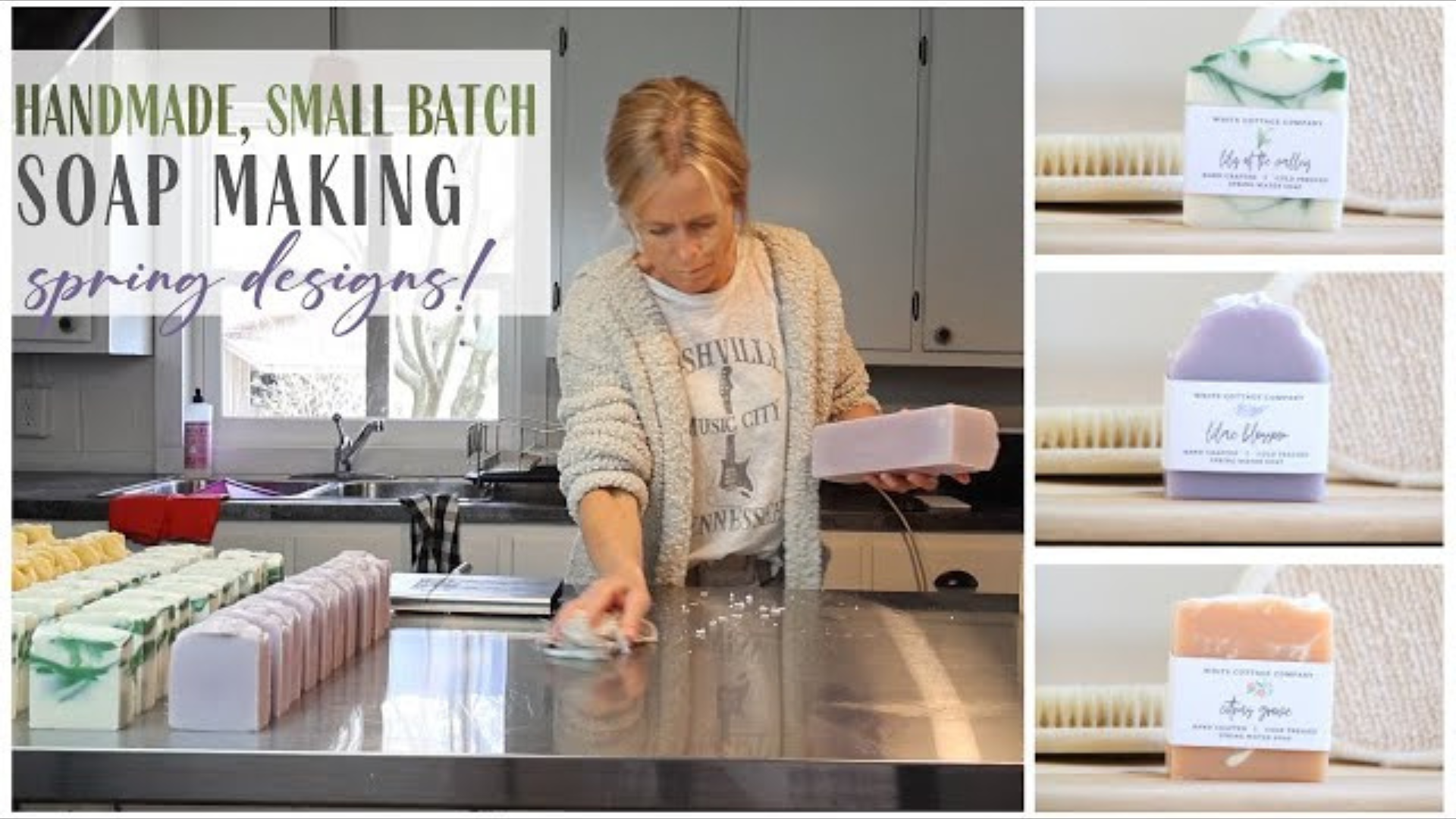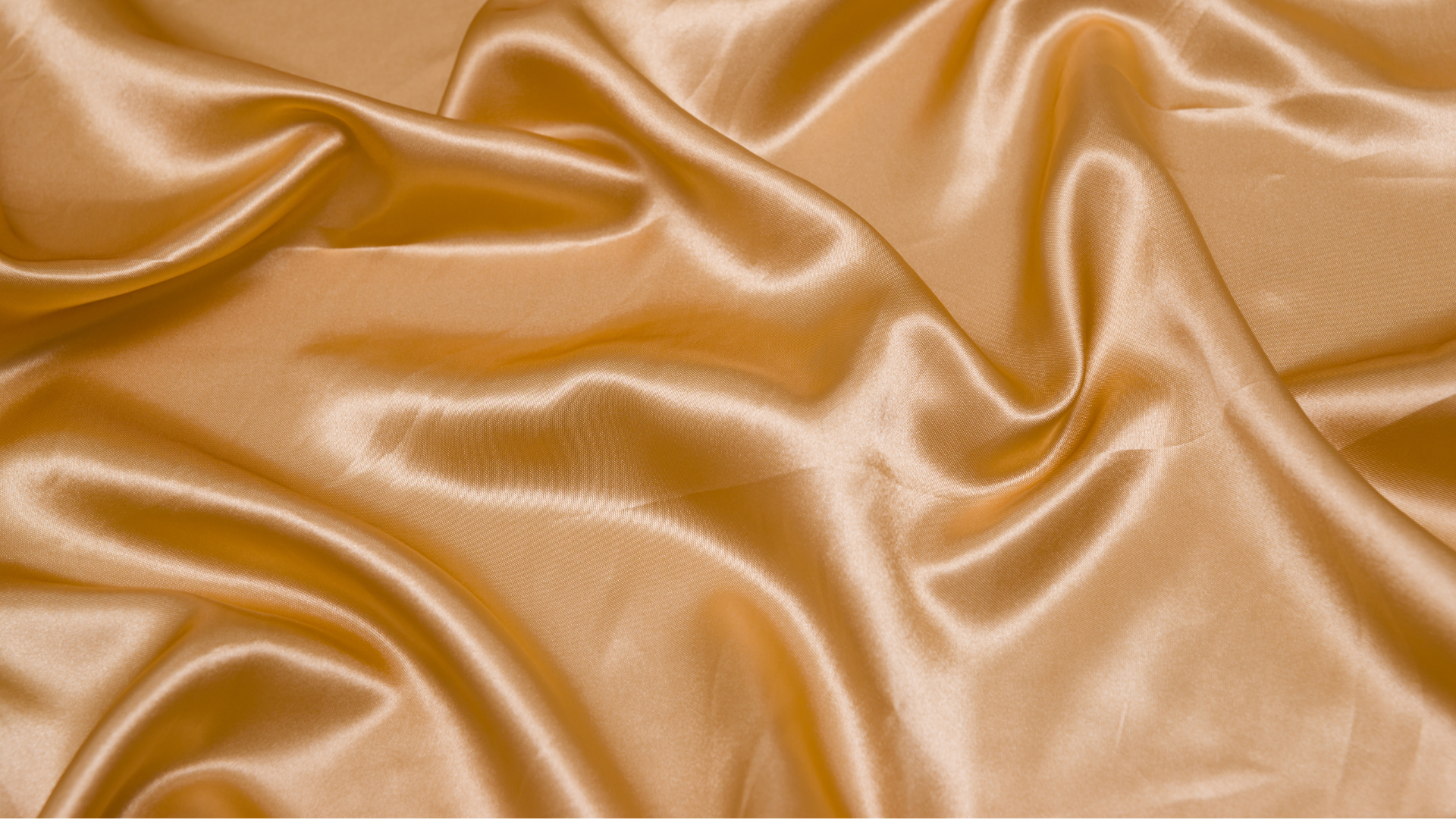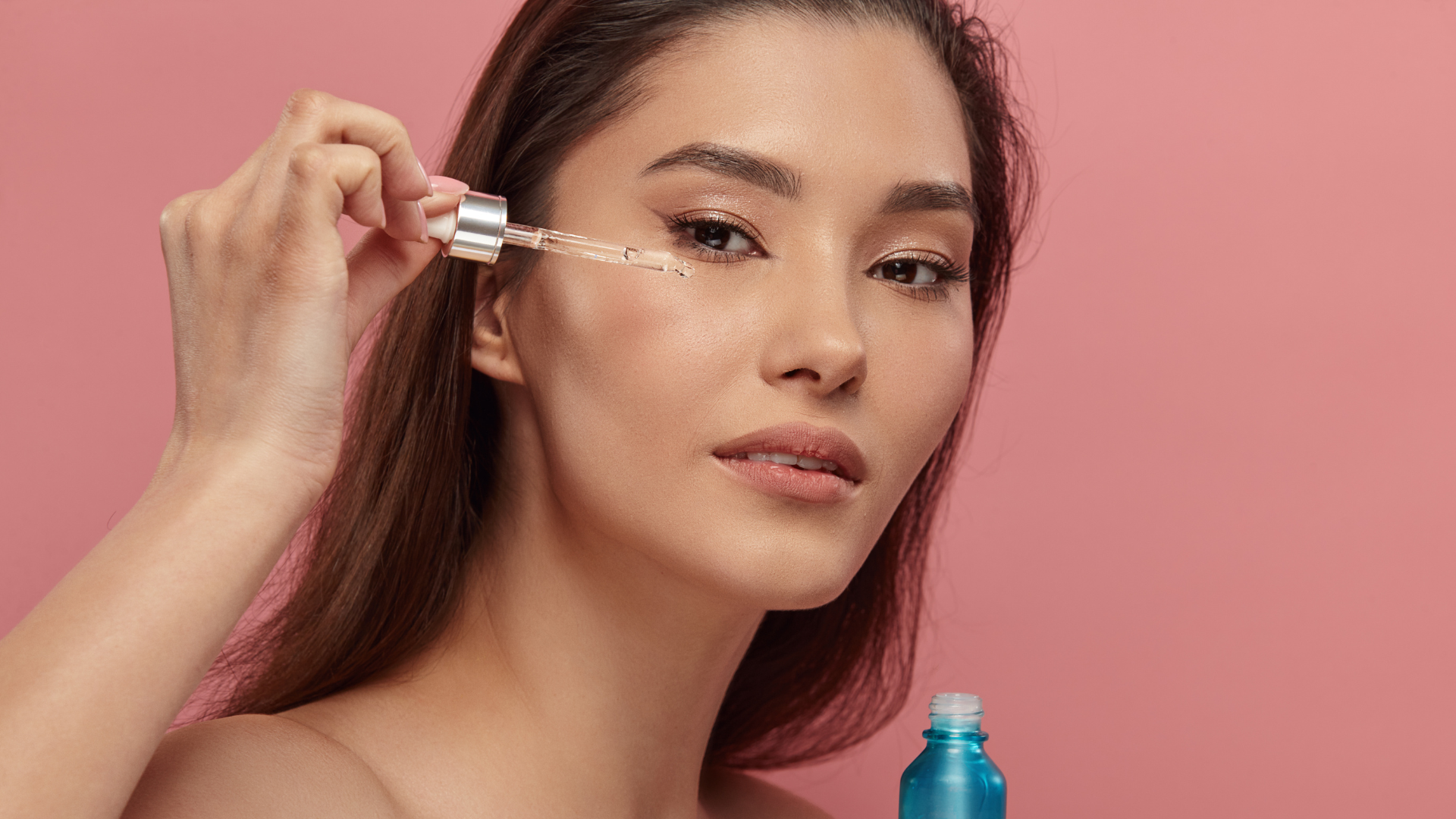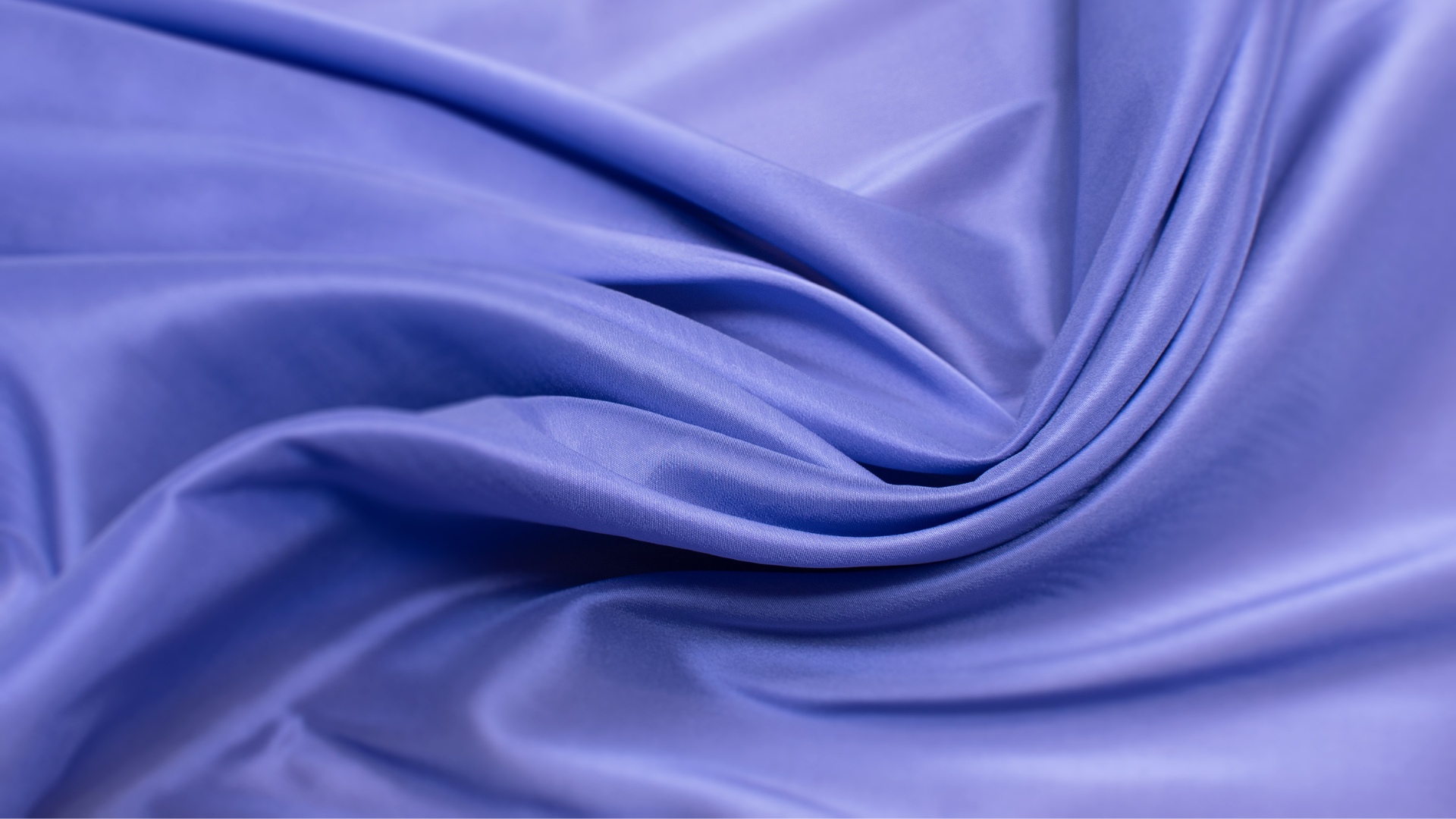Benefits and environmental concerns of silicones.
Silicones have revolutionized the beauty industry, becoming a cornerstone ingredient in makeup and skincare products. Renowned for their transformative textures and performance benefits, silicones are simultaneously celebrated for their utility and criticized for their environmental impact. From primers and foundations to lipsticks and mascaras, silicones play a pivotal role in modern formulations.
However, as consumer awareness grows around ingredient safety and sustainability, questions arise: Are silicones truly beneficial, or do their drawbacks outweigh their advantages? In this blog, we delve deep into the role of silicones in makeup, starting with what they are, their benefits, and how they’re used across various products.
What Are Silicones?
Silicones are synthetic polymers derived from silica, a natural component of sand. Their unique chemical structure—a backbone of silicon and oxygen atoms combined with various organic groups—makes them versatile and highly functional in cosmetics.
Types of Silicones Found in Makeup:
-
Dimethicone: A heavy-duty silicone used for its smooth texture and ability to lock in moisture.
-
Cyclopentasiloxane: Known for its lightweight, silky feel, commonly found in primers.
-
Cyclohexasiloxane: A similar lightweight silicone, often used to enhance spreadability.
-
Phenyl Trimethicone: Adds shine and acts as a water-repellent agent.
-
Dimethiconol: Offers flexibility and durability in makeup formulations.
Each type of silicone serves a specific purpose, from improving product spreadability to providing a lasting, water-resistant finish.
The Benefits of Silicones in Makeup
Silicones are celebrated for their ability to elevate the performance of makeup products. Here are the key advantages:
-
Smooth Application and Texture
Silicones create a silky, velvety texture, making makeup products glide effortlessly across the skin. They fill in fine lines and pores, offering a blurring effect that enhances the overall look of the skin. -
Improved Longevity
Products formulated with silicones often boast longer wear times. Silicones create a water-resistant barrier, helping makeup stay in place through humidity and sweat. -
Non-Comedogenic Nature
Despite forming a barrier, silicones are non-comedogenic, meaning they don’t clog pores. This makes them suitable for acne-prone and sensitive skin types. -
Moisture Retention
Silicones act as occlusive agents, preventing water loss from the skin. This feature is particularly beneficial in foundations and primers, keeping skin hydrated throughout the day. -
Universal Compatibility
Silicones are compatible with various skin types, including oily, dry, and combination skin. Their flexibility allows them to adapt to different needs, such as providing a matte finish for oily skin or a dewy glow for dry skin.
Types of Makeup Products That Use Silicones
Silicones are ubiquitous in the beauty industry and appear in numerous product categories:
-
Primers: Silicones in primers are highly effective at creating a smooth base for foundation, filling in fine lines, and minimizing pores.
-
Foundations: They enhance blendability and create a seamless finish, whether matte or dewy.
-
Concealers: Silicones prevent creasing and ensure even application under the eyes.
-
Eyeshadows: Used to improve adherence and extend wear time.
-
Lipsticks and Glosses: Provide a non-drying, lightweight feel.
-
Mascaras: Ensure smudge-proof, long-lasting results.
These versatile applications highlight the widespread reliance on silicones to achieve modern beauty standards.
Internal Link Opportunity: Learn more about ingredient transparency and product performance in our Personal Care & Beauty Blog.
Sustainability and Silicones
As beauty brands and consumers become more eco-conscious, the environmental impact of silicones is under scrutiny.
-
Environmental Concerns
-
Non-Biodegradability: Silicones take a long time to break down in the environment, contributing to pollution.
-
Production Impacts: The manufacturing of silicones involves energy-intensive processes and the use of non-renewable resources.
-
-
Responsible Sourcing
-
Some companies are exploring ways to source silicones more sustainably, focusing on reducing carbon emissions during production.
-
-
Eco-Certifications
-
Certifications such as Ecocert and COSMOS assess silicone use in beauty products. Products meeting these standards prioritize sustainability without compromising performance.
-
The sustainability of silicones largely depends on the efforts of manufacturers to innovate and minimize environmental harm.
For more on sustainable practices in beauty, check out our Sustainable Living Blog.
The Drawbacks of Silicones in Makeup
While silicones offer undeniable benefits in performance and feel, they have been criticized for potential downsides that warrant a closer look.
1. Potential Build-Up on Skin
Silicones create a water-resistant barrier that can trap dirt, oils, and other impurities if not removed properly. Over time, this may lead to:
-
Clogged pores.
-
Increased breakouts, especially for acne-prone individuals.
-
A dull complexion due to the accumulation of dead skin cells.
2. Environmental Impact
One of the most significant concerns about silicones lies in their environmental footprint:
-
Non-Biodegradability: Silicones take decades to decompose, persisting in soil and water.
-
Aquatic Ecosystems: Silicone residues can accumulate in aquatic environments, potentially harming marine life.
-
Production Concerns: The manufacturing process of silicones involves energy-intensive methods and relies on non-renewable resources like petroleum.
3. Allergic Reactions
Although rare, some individuals may experience irritation or sensitivity when using silicone-based products. Symptoms can include redness, itching, or discomfort.
4. Aesthetic Issues for Some Skin Types
Silicones can sometimes feel too heavy for individuals with very oily skin or those sensitive to occlusive agents, leading to:
-
An overly greasy sensation.
-
Potential exacerbation of oil production.
Silicone Alternatives in Makeup
As consumers demand more sustainable and skin-friendly options, brands are increasingly turning to silicone alternatives. These ingredients aim to replicate the benefits of silicones without their associated drawbacks.
1. Natural Oils
Lightweight natural oils like jojoba, marula, and squalane mimic the smoothing and moisturizing effects of silicones.
-
Pros: Biodegradable, nourishing, and rich in antioxidants.
-
Cons: May not provide the same long-lasting wear or water resistance.
2. Plant-Based Waxes
Derived from sources like carnauba and candelilla, these ingredients create a smooth texture and add mild water resistance.
-
Ideal For: Primers and lip products.
3. Tapioca Starch and Rice Powder
Used in formulations to improve slip and provide a silky finish, these powders are eco-friendly and lightweight.
-
Perfect For: Mattifying products for oily skin.
4. Algae and Seaweed Extracts
These natural thickeners and emollients mimic the texture of silicones while offering additional skin benefits, such as hydration and nutrient delivery.
-
Example: Chondrus crispus (Irish moss).
5. Biodegradable Silicones
Innovative formulations now include biodegradable silicones designed to break down more easily in the environment, offering a compromise for sustainability-conscious consumers.
How to Make an Informed Choice: Silicone or No Silicone?
Choosing whether to use silicone-based products depends on individual preferences, skin type, and ethical considerations.
1. Analyze Your Skin Type
-
Oily Skin: Consider silicone-free alternatives to avoid a heavy or greasy feel.
-
Dry Skin: Silicone-based products can lock in moisture effectively.
-
Sensitive Skin: Patch-test silicone products to ensure compatibility.
2. Evaluate Your Beauty Goals
If longevity, water resistance, or a flawless finish is a priority, silicone-based products may suit your needs better.
3. Consider Sustainability
Look for brands that disclose their silicone sourcing and manufacturing processes. Opt for products carrying eco-certifications like Ecocert or COSMOS.
4. Research the Brand
At Sustai Market, our approach emphasizes ingredient transparency. Products listed on our platform are rated using the Sustai Score and highlighted with Sustai Badges, ensuring that you can easily identify environmentally responsible options.
Practical Tips for Using Silicones Responsibly
1. Cleanse Thoroughly
Use a double-cleansing routine to remove silicone-based products effectively:
-
Start with an oil-based cleanser to break down the product.
-
Follow with a gentle water-based cleanser to remove any residue.
2. Rotate Products
Incorporate silicone-free options into your routine to prevent potential build-up and reduce environmental impact.
3. Opt for Hybrid Products
Look for formulations combining silicones with natural ingredients for a balanced approach.
4. Recycle When Possible
Dispose of silicone-containing products responsibly. Check local recycling guidelines for silicone materials.
5. Support Sustainable Brands
Choose brands that prioritize sustainability in their formulations and packaging, like those featured on Sustai Market.
The Future of Silicones in Makeup
The beauty industry is evolving rapidly, driven by consumer demand for transparency, performance, and sustainability. Key trends shaping the future include:
1. Innovation in Biodegradable Silicones
Brands are exploring ways to develop silicone alternatives that offer similar performance while reducing environmental impact.
2. Ingredient Transparency
Sustai Market exemplifies the importance of full ingredient disclosure, helping consumers make informed decisions about their beauty products.
3. Increased Awareness
As awareness grows around the environmental impact of silicones, consumers are likely to see more eco-friendly options on the market.
Internal Link Opportunity: For more insights on sustainable beauty practices, visit our Health & Wellness Blog.
Final Thoughts on Silicones in Makeup
Silicones offer undeniable benefits for achieving the flawless, long-lasting looks modern consumers demand. However, their environmental implications and potential drawbacks make them a topic worth examining closely.
At Sustai Market, we empower consumers to make informed choices through tools like the Sustai Score and Sustai Badges. By balancing performance with sustainability, you can enjoy the best of both worlds in your beauty routine.
Explore more silicone-free and sustainable beauty options in our Personal Care & Beauty Blog.



